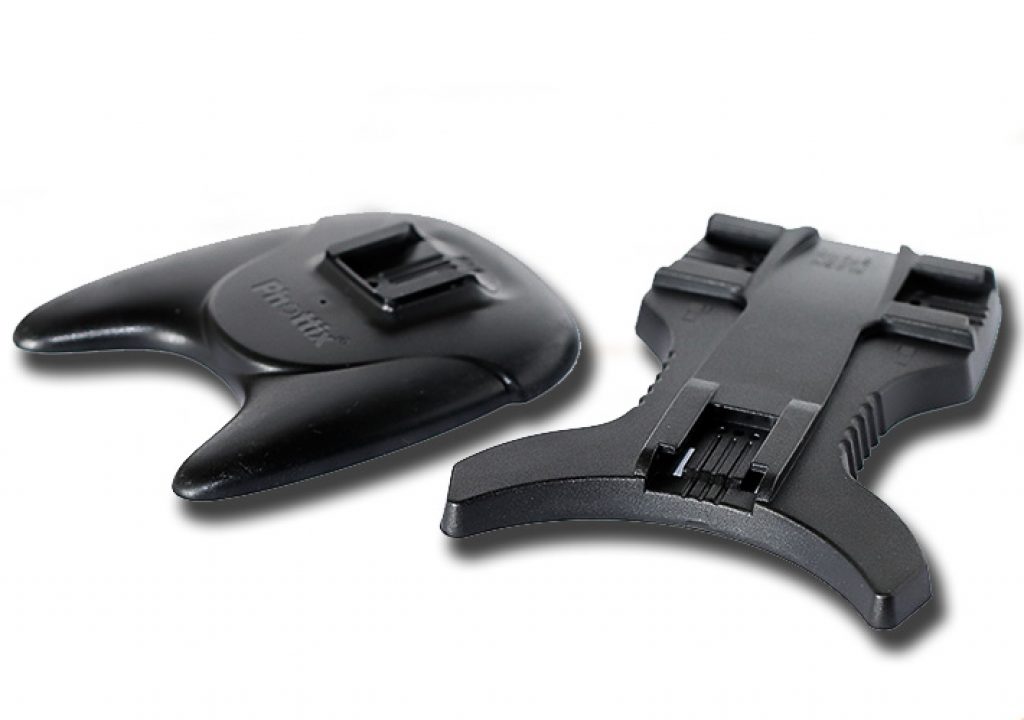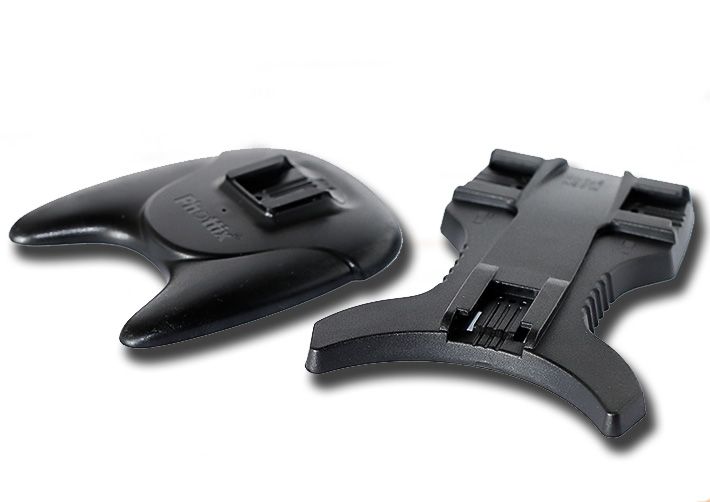
Photographers and videographers love light stands, big and small. The big ones I always keep an eye on, but the small ones tend to be misplaced or simply lost. I could say I am almost glad I lose them, because it gave me a good reason to write this article.
From Justin clamps with ball-head to hold my flashes or LED panels, to a small tripod that allows me to keep a light source almost anywhere I want, the light stands I use are not just the regular ones you find in a studio. I use different ones, besides adapting some unexpected supports for flashes and LED panels. Anything that can hold a light will be used, either for photography or video. From rubber bands to a friend’s hand – then called a VALS or Voice Activated Lighting Stand or System – I pick whatever I can. I’ve a growing collection of light stands – not the VALS type, though – , and I tend to know where they are, picking them up according to the different needs of a shoot.
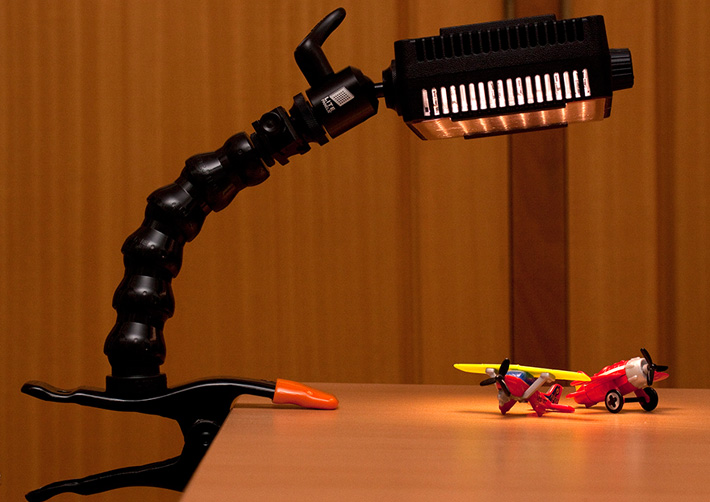
One light stand I use since its launch is the NastyClamp, a concept and project that seems to be dead by now, but that was an interesting suggestion for photographers moving around in 2012. The Nasty Clamp is a metal spring clamp, a bit like a Justin clamp, but with an extendable bendable arm that can hold a flash, a LED light panel or whatever you want. With the shorter arm you can place a small DSLR with – small – lens on top of it. It also works great for most compacts. I use it for flashes, for LED light panels and, imagine, to keep reflectors and diffusers in place.
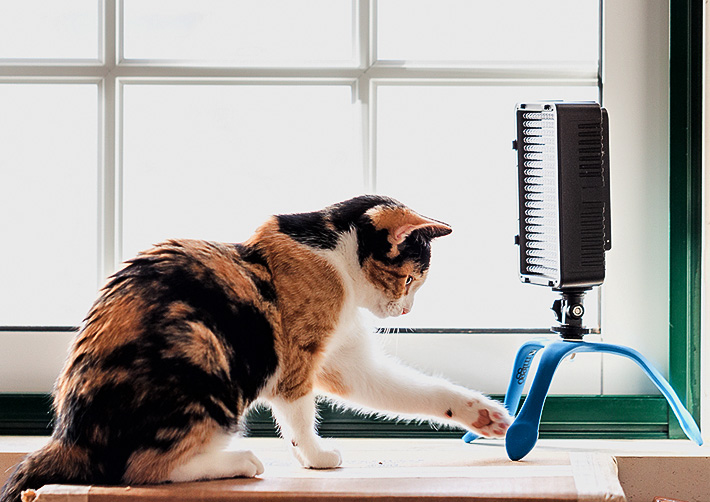
Another light stand I use, this one more recently, is the Splat, from Miggo. The Splat is a three legged tripod able to flex its legs around almost anything, to hold your camera or accessories in multiple positions. I tested the SLR version, which joins the versions for Mirrorless and GoPro cameras, last Christmas, and the Splat has now a place in my bag. It’s foldable so it does not occupy much space and it is great to support lights, and that’s what I use it for.
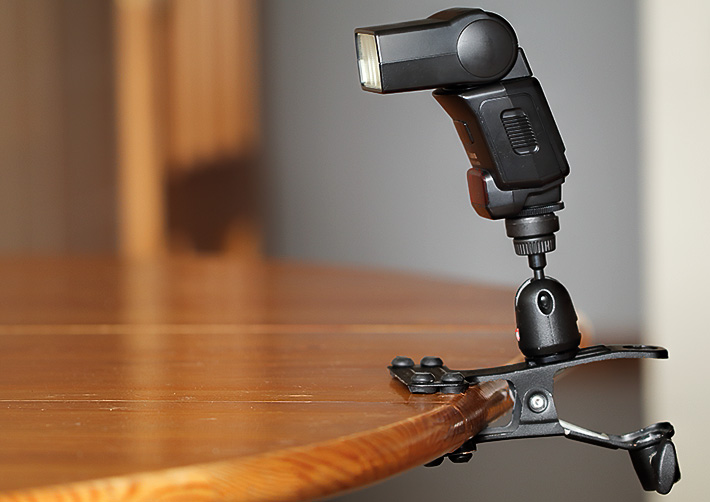
The Justin clamp – mine are from Manfrotto – is also something I carry along if I need a specific support. The fact that it has a version with a positionable miniature ball-head with a plastic flash shoe attachment to allow it to clip and position a flash unit wherever it is needed makes the clamp a flexible support that I use alone and also as part of my field studio kit for flower photography done the Meet Your Neighbours way.
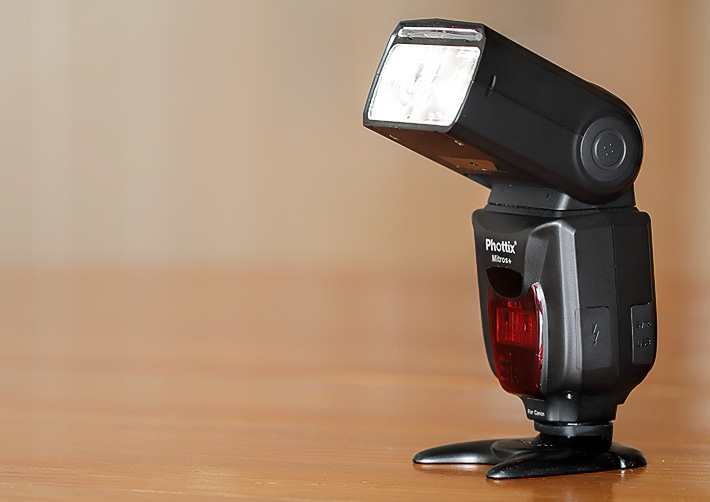
One type of support that many people tend to forget and that I use a lot, is the simple flash stand that usually comes with each flash. Besides allowing you to place a flash almost anywhere in a stable way, it can also be used with tripods, stands and clamps, through the built-in metal 1/4″-20 female thread, which is standard in the industry. I guess many people never remember to take this small flash stand from the box, forgetting how usable it is once you start to move your flashes away from your camera.
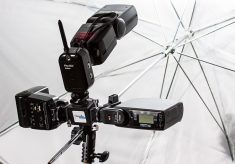
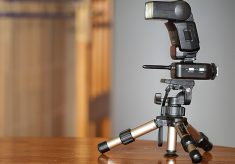
My use of those small flash stands is very much connected to my use of flashes away from the camera, a practice that became second nature to me, especially with the use of radio triggers for the flashes. A small stand like this can be placed everywhere, behind a sofa at home or behind a tree in nature, to extend your options when it comes to light. Now with video, I use the small flash stands as a quick way to position LED panels. So, my flash stands transformed into light stands too!
Now, through using them so widely, I became aware of one thing: I tend to misplace them and, in some cases, to lose them. Yesterday, while photographing some product, I could not find the only flash stand I still have around. I managed without it and did find a way around to position my lights, so I forgot the subject, until today. I went out this morning, to a photography store, to buy batteries and a 67mm filter protection filter I needed for a new lens, and while there decided to ask if they had any flash stands I could buy.
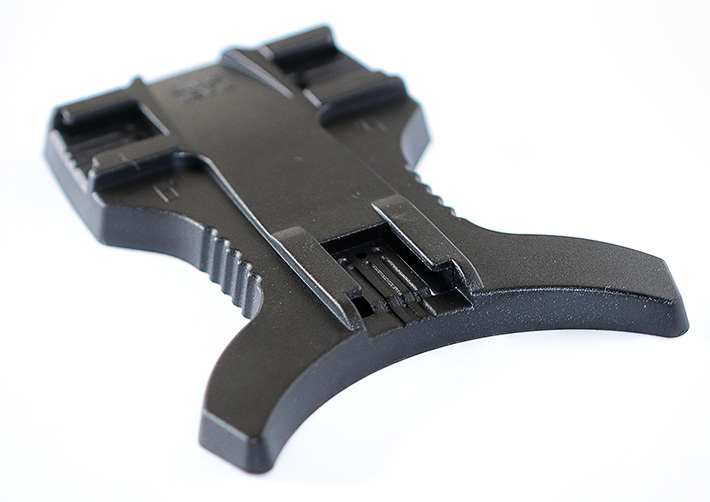
It happens they did, and that’s how I came home with one unit. Suddenly I had a good reason to write this article. You see, I found not only a good flash stand, but one that can take three flashes… or at least two like the size of mine, and it does seem to be a good new accessory to carry in my bag all the time. I just hope I don’t lose this one.
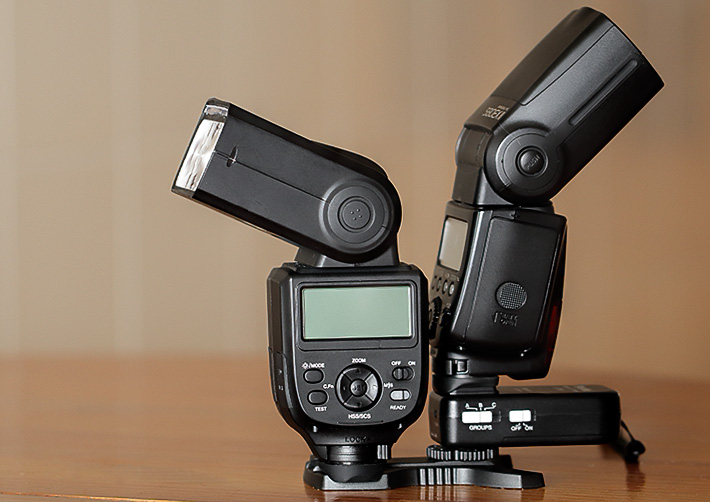
The compact shoe stand, made by JJC in China, is suitable for Canon, Nikon, Pentax and Olympus flashes and other accessories, but excluding the Sony/Minolta iISO, Sony Multi-Interface flashes. I’ve checked their website and they also offer versions that will suit other flash brands. Made of ABS, lightweight, stable and apparently durable, the JJC MF-3 Compact Shoe Stand has a three standard hot-shoe positions design, meaning it can take more than flashes. As long as the accessories use the standard hot shoe system, anything from a remote trigger to a microphone can be mounted on the stand, which can also be mounted on a tripod, stand or clamp through the standard 1/4″-20 metal female thread.
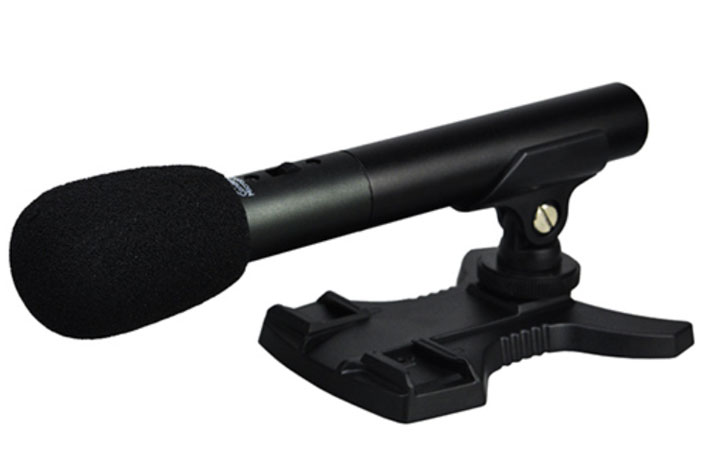
This little piece of plastic allows me to place two flashes anywhere in a quick way and is also a good solution if you need to mount two flashes on the top of a tripod. I know there are other solutions around, I’ve some, even a Joe McNally signature Triflash head, but this is a very portable solution and, as I discovered, it allows me to position the flash heads in various directions. I’ll have to explore this further. The flash/light stand is also useful to place LED panels, something that I will use in my video.
A final note: I will buy one or two more of JJC’s flash stands to carry in my bags, so I always have one available when I go out. And after buying this one, I found my Phottix flash stand in one bag I have been using lately: the Multi-Mount Holster 30 from Mindshift Gear. So in the end I had not lost that one, simply forgot where it was. Glad I did, now that I think about it! I guess this article would not have seen the light of day otherwise.

Filmtools
Filmmakers go-to destination for pre-production, production & post production equipment!
Shop Now